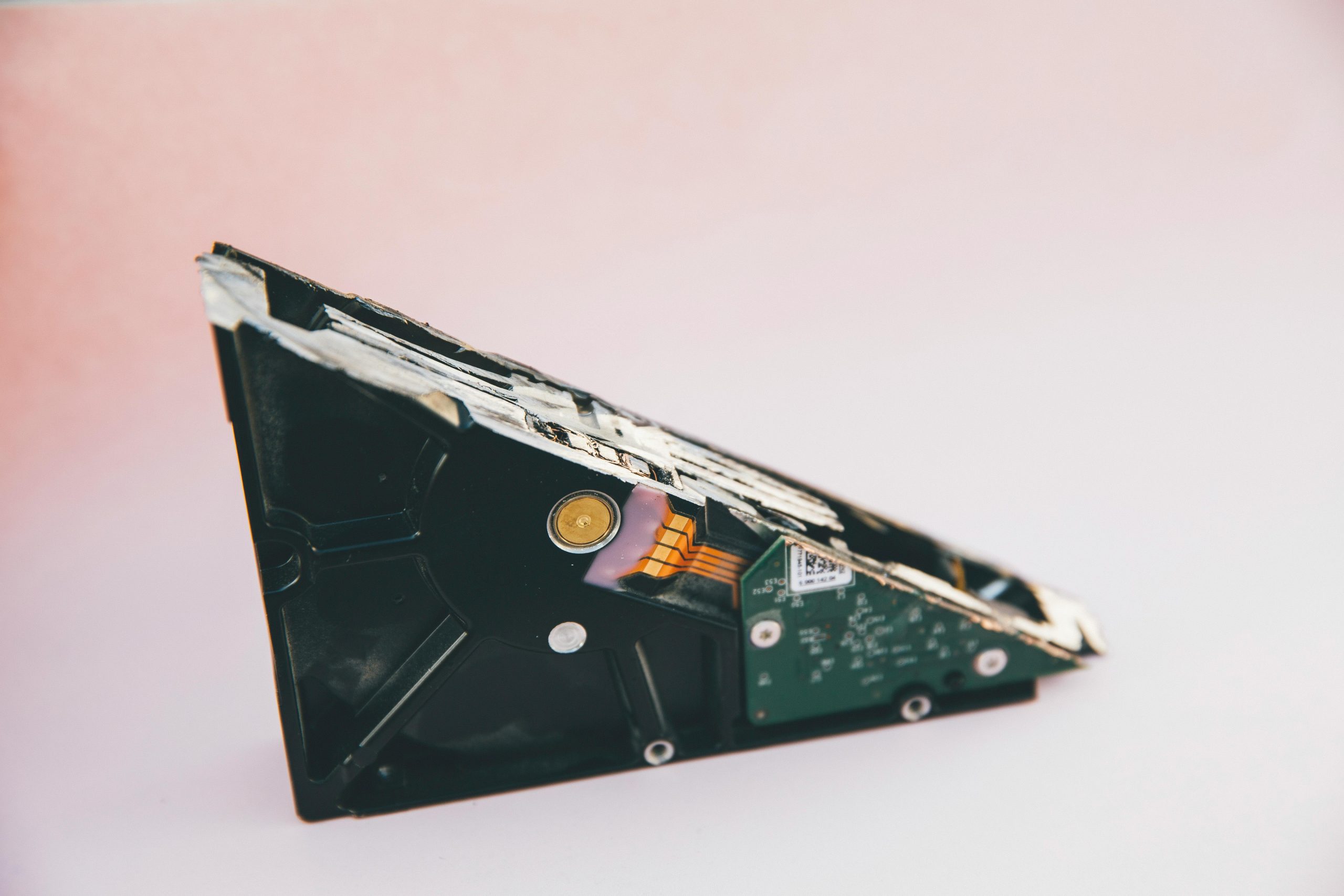Troubleshooting External Hard Drive Issues: Resolving File Visibility and Copy Problems on Your Seagate 4TB HDD
Introduction
External hard drives are a popular solution for expanding storage capacity and transferring data between devices. However, users may encounter issues where files appear to copy successfully but are not accessible or visible afterward. If you’re experiencing such problems with your Seagate 4TB external HDD, this guide will help you diagnose and resolve common issues to ensure your data remains safe and accessible.
Understanding the Problem
Many users report situations where files appear to copy correctly during transfer—file names are displayed, and progress indicators show completion. Yet, upon opening the drive, the folders appear empty, or files are not accessible through standard applications. For example, a movie file may seem to copy, but the movie poster isn’t visible in the media app, and attempting to play it results in a perpetual loading state.
Common Causes
Several factors can contribute to these symptoms:
- File system errors or corruption
- Drive disconnection during transfer
- Compatibility or formatting issues
- Hidden files or permissions problems
- Malware or malicious software interference
- Hardware faults with the external drive
Step-by-Step Troubleshooting
-
Check Drive Connection and Power
-
Disconnect and reconnect the drive securely.
- Try connecting via a different USB port.
- Use a different cable if available.
-
Ensure your computer’s USB drivers are up to date.
-
Verify Drive Status and Health
-
Open Disk Management (Windows + X, then select “Disk Management”).
- Locate your external drive; check if it shows as healthy.
-
If it shows as RAW or unallocated, formatting may be needed, but back up data first if possible.
-
Use Built-in Windows Tools to Scan and Repair
-
Run CHKDSK:
Open Command Prompt as Administrator.
Type: chkdsk [drive letter]: /f /r
For example: chkdsk E: /f /r
Press Enter and wait for the scan to complete.
-
This process checks for filesystem errors and attempts repairs.
-
Check for Hidden Files
-
In File Explorer, enable viewing hidden files:
View > Hidden items
-
See if your missing files are now visible.
-
Use Data Recovery Software
-
If files remain missing or inaccessible, consider using reputable data recovery tools like Recuva, TestDisk, or EaseUS Data Recovery. They can scan your drive for recoverable files.
6.
Share this content:



